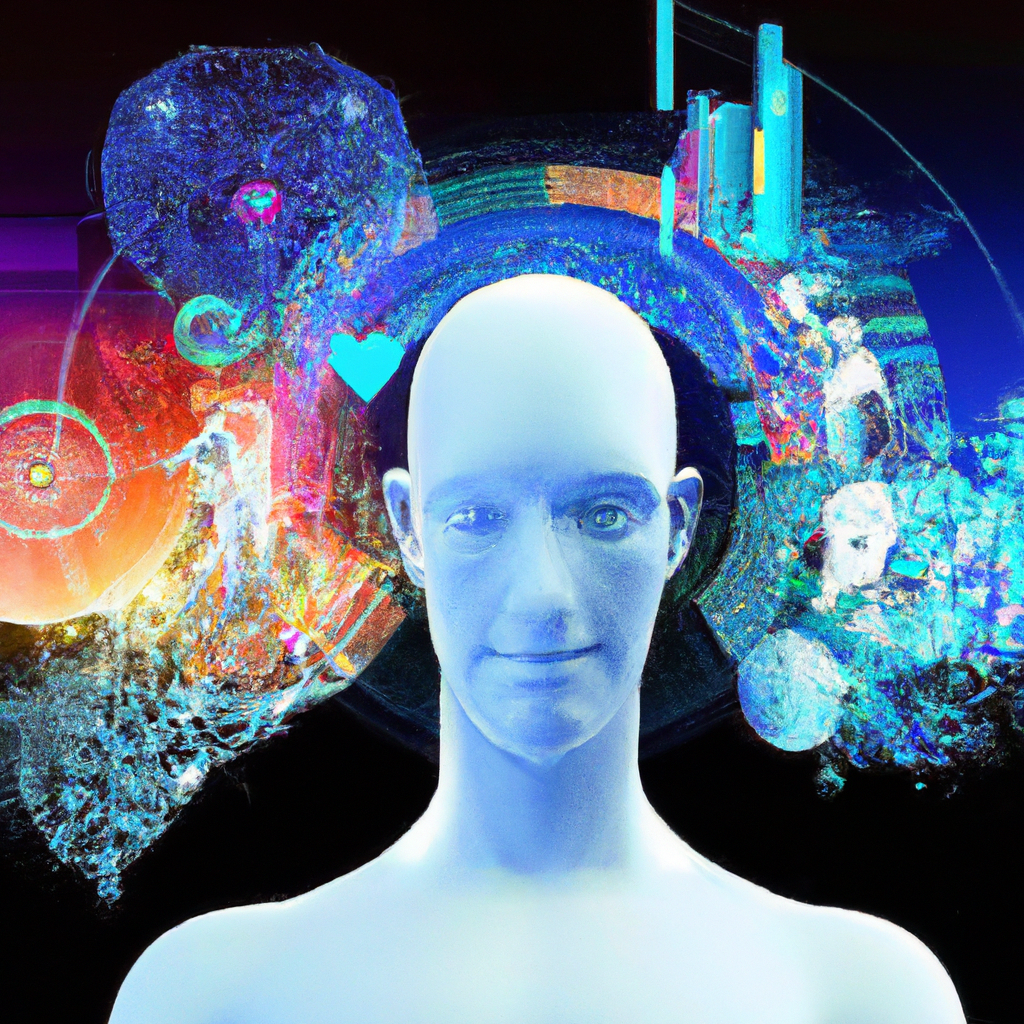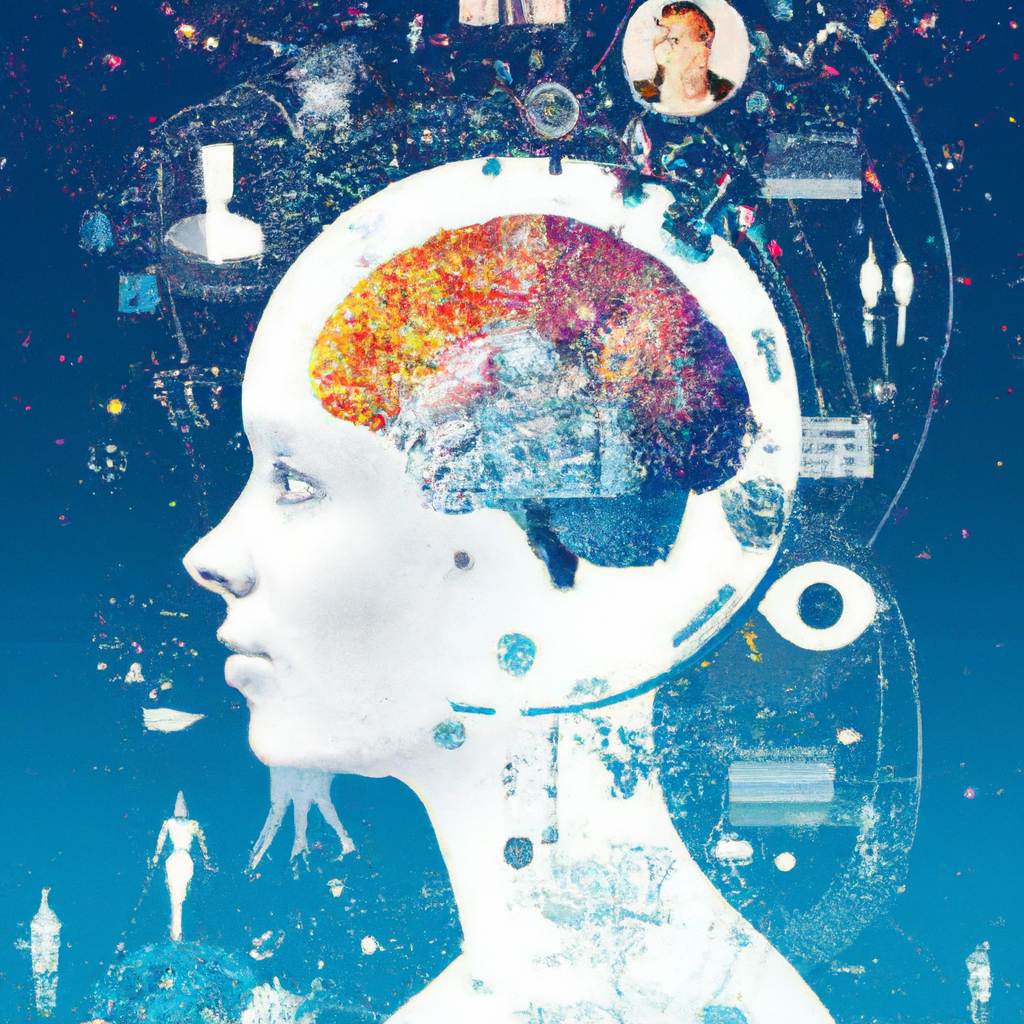AI, or artificial intelligence, has become an integral part of our lives, revolutionizing the way we interact with technology. From voice assistants to personalized recommendations, AI technology is prevalent in various aspects of our daily routine. But have you ever wondered about the different types of AI that exist? In this article, we will explore the fascinating world of AI and delve into the various categories it encompasses, shedding light on the innovative technologies shaping our future. So fasten your seatbelts and let’s embark on this exciting journey of discovery!

1. Narrow AI
Narrow AI, also known as Weak AI, refers to AI systems that are designed to perform a specific task or a narrow range of tasks. These systems are highly specialized and excel at specific applications.
1.1 Machine Learning
One of the most common components of Narrow AI is Machine Learning. Machine Learning algorithms allow AI systems to learn from data and make predictions or decisions without being explicitly programmed. These algorithms analyze large datasets to discover patterns and make accurate predictions based on those patterns.
1.2 Natural Language Processing
Natural Language Processing (NLP) is another crucial aspect of Narrow AI. It enables AI systems to understand and interpret human language. NLP algorithms process and analyze text or speech to extract meaning, sentiment, and context. This technology has greatly advanced applications such as chatbots, virtual assistants, and language translation tools.
1.3 Computer Vision
Computer Vision focuses on enabling machines to see and interpret visual information, similar to how humans do. It involves the development of algorithms and techniques for image and video recognition, object detection, facial recognition, and more. Computer Vision allows AI systems to process and understand visual data, opening up numerous possibilities for applications such as self-driving vehicles, surveillance systems, and medical imaging diagnosis.
2. General AI
General AI, also known as Strong AI or Artificial General Intelligence, represents AI systems that possess the ability to understand, learn, and apply knowledge across a wide range of tasks and domains. Unlike Narrow AI, which is limited to specific tasks, General AI aims to replicate human-level intelligence.
2.1 Human-like AI
Human-like AI refers to AI systems that exhibit human-like behavior and traits, including understanding language nuances, emotions, and social interactions. These AI systems aim to simulate human intelligence and provide more natural and interactive user experiences. Human-like AI has found applications in chatbots, virtual assistants, and humanoid robots.
2.2 Superintelligent AI
Superintelligent AI takes General AI to the next level by surpassing human intelligence. This hypothetical AI system would have cognitive abilities far superior to human capabilities, enabling it to solve complex problems, make advanced decisions, and potentially revolutionize various industries. Superintelligent AI is still a subject of research and speculation, with many ethical and philosophical considerations surrounding its development.
3. Strong AI
Strong AI, also known as Conscious AI or Artificial Consciousness, represents AI systems that possess self-awareness and consciousness similar to humans. This level of AI goes beyond just simulating intelligence and focuses on replicating the conscious experience. While Strong AI remains a topic of debate and speculation, scientists and philosophers continue to explore the possibility of creating AI systems that are capable of subjective experiences and consciousness.
3.1 Conscious AI
Conscious AI aims to develop AI systems with self-awareness and subjective experience. This means that the AI system would possess a sense of consciousness, enabling it to perceive, reason, and be aware of its own existence. The concept of Conscious AI raises profound questions concerning the nature of consciousness, ethics, and the boundaries between machine and human intelligence.
3.2 Sentient AI
Sentient AI takes the idea of consciousness to a higher level by incorporating emotions and feelings into AI systems. Sentient AI would potentially have the capability to experience emotions, develop preferences, and respond emotionally to various stimuli. The creation of Sentient AI raises ethical concerns related to the well-being and rights of AI systems.
4. Weak AI
Weak AI, also known as Narrow AI, represents AI systems that are designed to perform specific tasks and lack the ability to exhibit human-like intelligence or consciousness. These AI systems are programmed to focus on a particular task and do not possess general problem-solving or learning capabilities.
4.1 Reactive Machines
Reactive Machines are the simplest form of AI systems, as they do not have memory or the ability to learn. They operate based on pre-programmed rules and respond to stimuli in real-time. Reactive Machines excel at tasks that require immediate decision-making or real-time responses, such as playing chess or navigating a self-driving car.
4.2 Limited Memory AI
Limited Memory AI builds upon the concept of Reactive Machines by incorporating memory capabilities. These AI systems can learn from historical data and previous experiences. Limited Memory AI utilizes memory to improve performance and make more informed decisions. Applications of Limited Memory AI include recommendation systems, personalized advertising, and fraud detection.
4.3 Theory of Mind AI
Theory of Mind AI aims to develop AI systems that can understand and attribute mental states to others, such as beliefs, desires, and intentions. This level of AI can effectively model and predict human behavior by inferring the mental states of individuals. Theory of Mind AI has potential applications in social robots, virtual agents, and personalized user experiences.

5. Expert Systems
Expert Systems are AI systems that utilize specialized knowledge and rules to make intelligent decisions or provide expert-level advice in specific domains. These systems are designed to replicate the decision-making processes of human experts and can provide accurate and efficient solutions to complex problems. Expert Systems have found applications in various industries such as medicine, finance, and engineering.
6. Robotic AI
Robotic AI involves integrating AI technology into physical robots, allowing them to perform complex tasks autonomously or with minimal human intervention. Robotic AI combines various AI techniques such as computer vision, machine learning, and natural language processing to enable robots to interact with their surroundings, navigate environments, and perform specific tasks. Applications of Robotic AI range from industrial automation and manufacturing to healthcare and space exploration.

7. Virtual Agents
Virtual Agents, also known as Intelligent Virtual Assistants or Chatbots, are AI-powered software programs designed to interact with humans through natural language interfaces. These AI systems utilize techniques like natural language processing and machine learning to understand and respond to user queries or requests. Virtual Agents have extensive applications in customer service, virtual customer assistants, and online support systems.
8. Autonomous AI
Autonomous AI refers to AI systems that can operate and make decisions independently without human intervention. These AI systems possess the capability to analyze their surroundings, make decisions based on data and predefined rules, and act accordingly. Autonomous AI is often associated with self-driving cars, where the AI system navigates the vehicle based on sensor inputs and real-time analysis.
8.1 Self-driving Cars
Self-driving cars are a prime example of autonomous AI. These vehicles use a combination of sensors, computer vision, machine learning, and navigation algorithms to analyze the environment, detect obstacles, and make real-time decisions for safe navigation. Self-driving cars have the potential to revolutionize transportation by increasing safety, efficiency, and convenience.

9. Assistive AI
Assistive AI refers to AI systems that are designed to assist and augment human capabilities rather than replacing human involvement. These AI systems work in collaboration with humans to enhance productivity, decision-making, or accessibility. Assistive AI has applications in various fields, including healthcare, disability support, personal productivity, and smart home automation.
10. Social AI
Social AI focuses on developing AI systems that can understand, interpret, and interact with humans in a social context. These AI systems aim to provide more natural and intuitive interactions by recognizing emotions, gestures, tone of voice, and other social cues. Social AI has applications in social robots, virtual assistants, social media analysis, and personalized user experiences.
In conclusion, the field of AI encompasses various types of AI systems, each with its own capabilities and applications. From Narrow AI and General AI to Strong AI and Weak AI, AI technology continues to advance and bring about significant changes in various industries and everyday life. Whether it’s assisting humans, driving autonomous vehicles, or simulating human-like intelligence, AI has the potential to revolutionize the way we live and work. As researchers continue to explore the possibilities and limitations of AI, it is essential to consider the ethical implications and ensure responsible development and deployment of AI systems.










